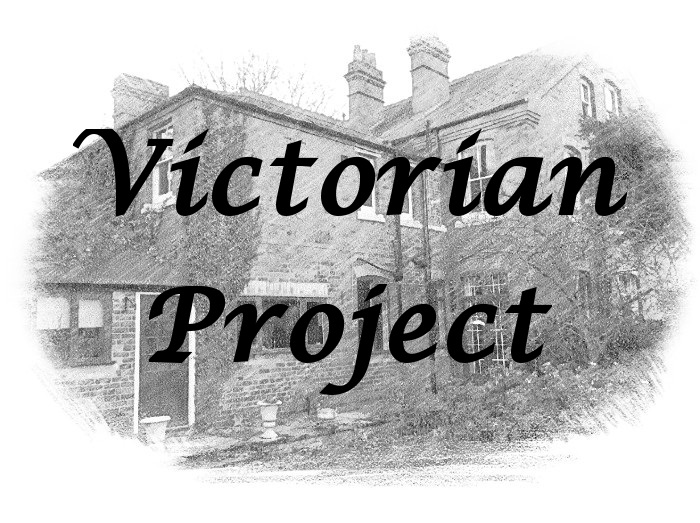At this stage, with the removal of tough wall paper done & the log burner installation complete it was time to bring the walls in line. After stripping back it was clear that in places the walls were not in great shape and some careful attention was needed. In this article we cover all of the steps taken to go from 100 year old battered plaster to paint. A living room wall renovation from start to finish.
What is the Victorian Project all about? Find out here.
Old Living Room Wall Restoration -The Initial State
The living room of our home is a huge space located directly above the cellar. One of the big problems with this location is that the room tends to be drafty and often damper than other rooms in the house. After a small check done by lifting up the wall paper corners in different rooms it seemed that that the living room was the only room to be left with the original lime plaster which was standard for Victorian plaster walls. All other rooms had been given a gypsum skim at some point in the houses history.
It made us wonder whether this room had just been missed or whether there was a reason for this. Had the room just be left because the wall paper looked fine on top of the lime or was it due to the significant damp issues? We will never know! [See also: Should Lime Be Used for Victorian Houses? Lime vs Gypsum Plaster]
Damp To Contend With
The room had two clear patches of damp on the two external walls, beneath the window and underneath the radiator. The radiator area was sopping wet and water could be seen trickling down the skirting board on a cold day. If a room is damp then lime based plaster will manage this better and for this reason when we made enquiries into plasterers with lime experience. If you are re-plastering damp walls in an old house and your budget permits then always go lime! [See also: Fix Damp in Victorian Houses and the Common Causes]
As I have said in a few posts now, lime plastering is expensive and with such a large room we assessed all walls to see if parts of the room could be restored by us rather than re-plastering. Clearly the chimney breast had to be done due to the inevitable damage done by the new fireplace installation but the right side of the chimney breast was also in a sorry state. This corner was the only part of the room coated in gypsum and most of it had come off as the paper was pulled away. This is one of the issues with skimming gypsum over lime. We easily knocked the modern plaster off and once open you could see that this too would need professional help. [See also: Remove Stubborn Wallpaper – Stripping Back]
Our Plans For The Living Room Wall Renovation
It is surprising how when a room has signs of damp, so called experts will recommend expensive chemical injection courses or other ineffective fixing methods. We have found that the best ways to fix damp is to live in the room, ventilate the space and use decorating methods in keeping with how the house was built. See our full article on fixing damp in Victorian houses .
Using breathable lime based products for all elements of our wall restoration activities was key here. Painted walls seem to be more on trend these days so we opted for a painted finish and would select a paint from one of the few breathable paint ranges on the market today. The result will be a more modern finish with maximum moisture management. [See also: Victorian Roof Repairs – Starting Point for any Renovation]
Go to the next page below (Page 2) to see our PLASTER activities.

